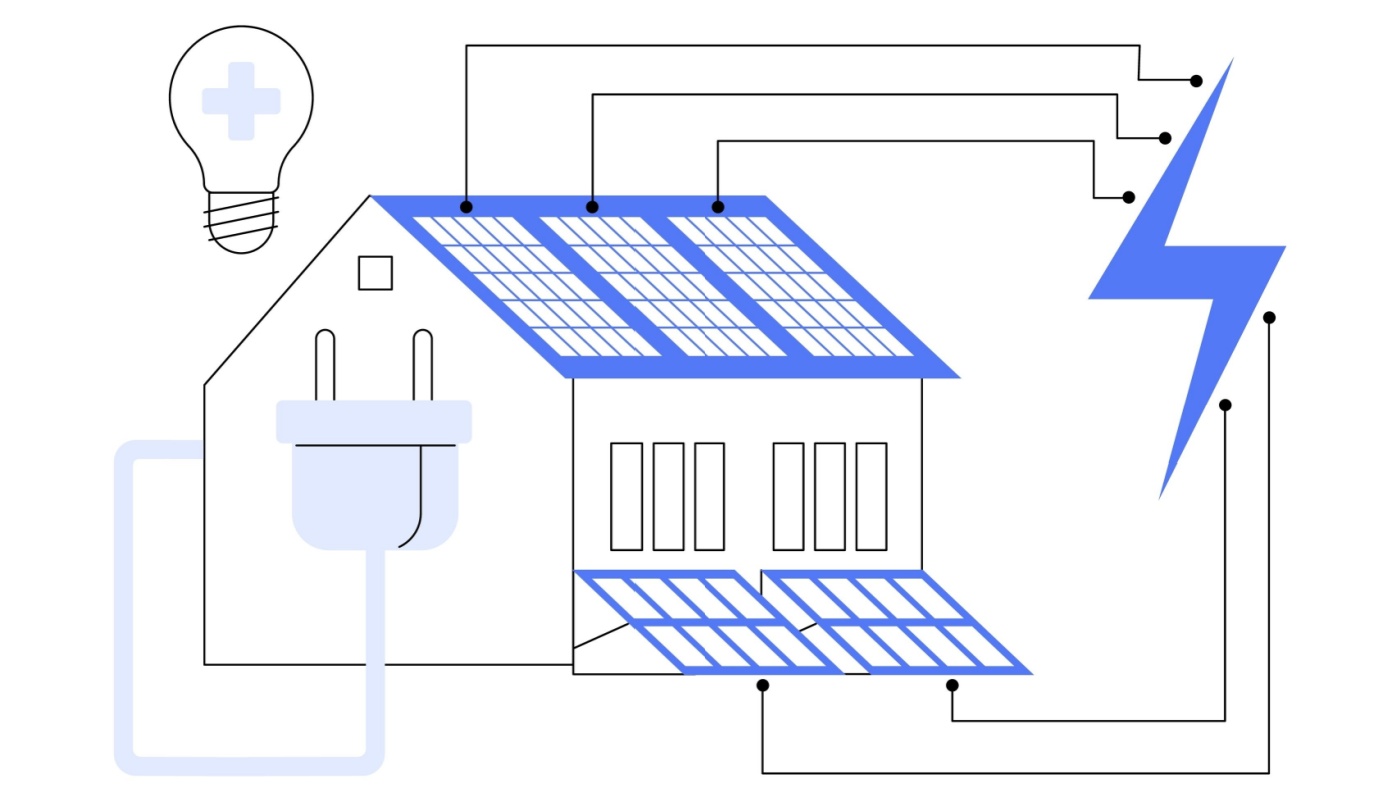Distributed Energy’s Big Chance to Capture a New Kind of Capital: Attention
In era where attention may be the most valuable form of capital, it’s no small thing that the power industry is on the minds of the electorate. Now’s the time to cement the economic value of distributed energy in the public psyche.










